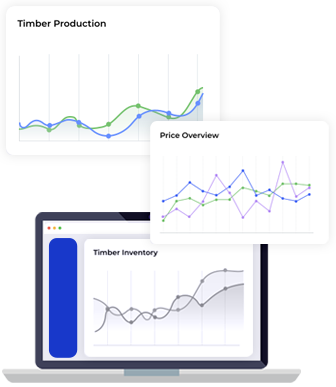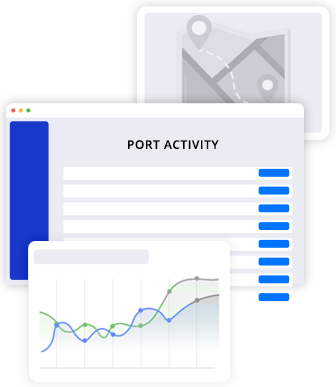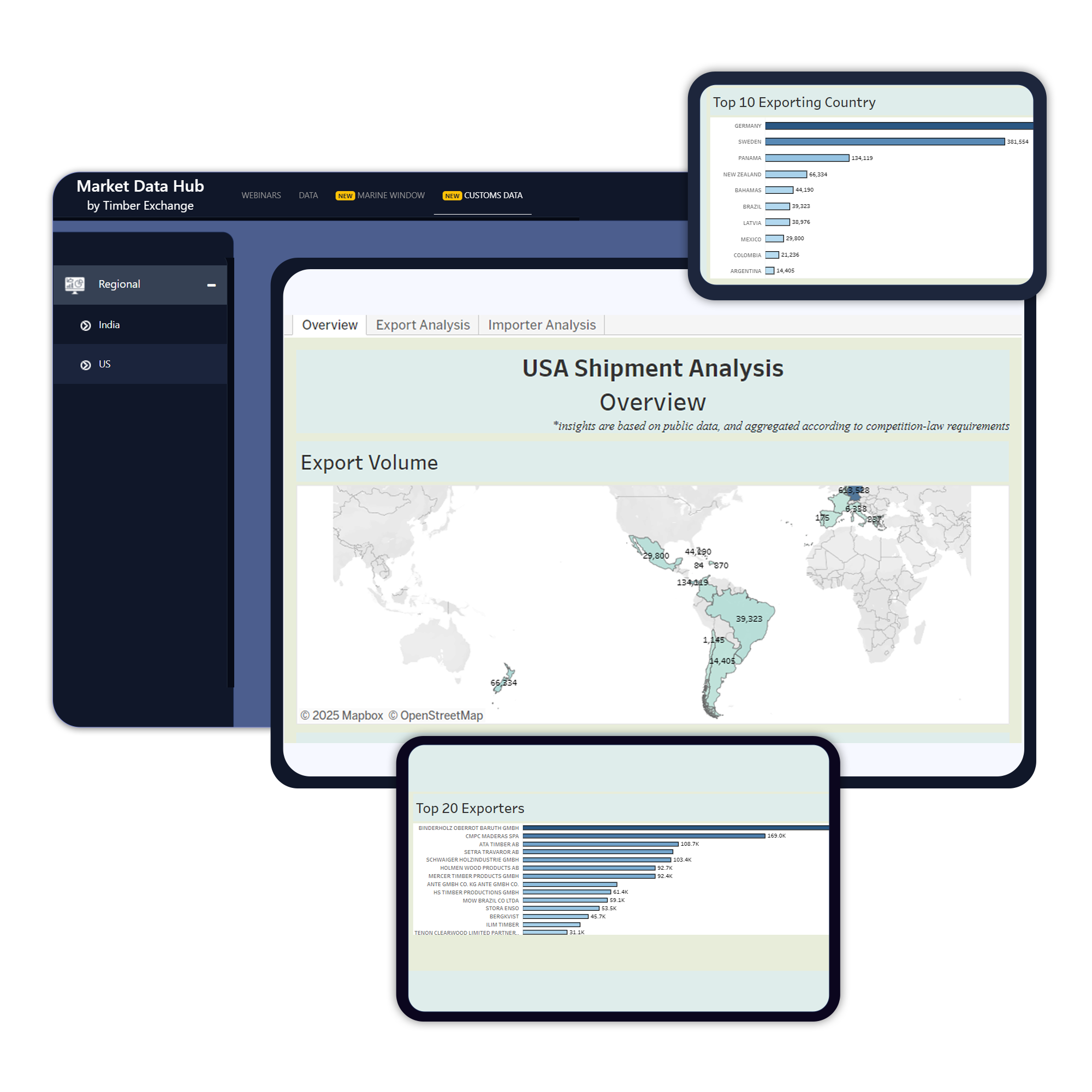
China faces urban subsidence crisis as concrete burden causes concern
Posted on April 29, 2024 |
China grapples with city subsidence due to heavy concrete usage, affecting areas like Beijing, Fuzhou, Hefei, and Xi’an.
Projections indicate that around a quarter of China's coastline, along with half of its major cities, could be underwater by 2120.
Global dependence on steel, concrete, and glass presents challenges for cities such as New York and Jakarta, prompting the latter to consider relocating to higher ground.
Concrete ranks as the world's second most utilized substance after water, with over half of its consumption occurring in the first 15 years of the 21st century.
China annually adds nearly two billion square meters of floor space to its urban areas, surpassing production levels in India, the EU, and the US.
China's urban population now exceeds 60%, with the number of cities rising from 193 in 1978 to 672 in 2018.
China's inclination towards concrete emerged from limitations on timber and steel imports following political shifts in 1949.
Despite significant environmental impacts, China has implemented measures to mitigate pollution from cement production, resulting in reduced emissions of particulate matter and carbon monoxide.





